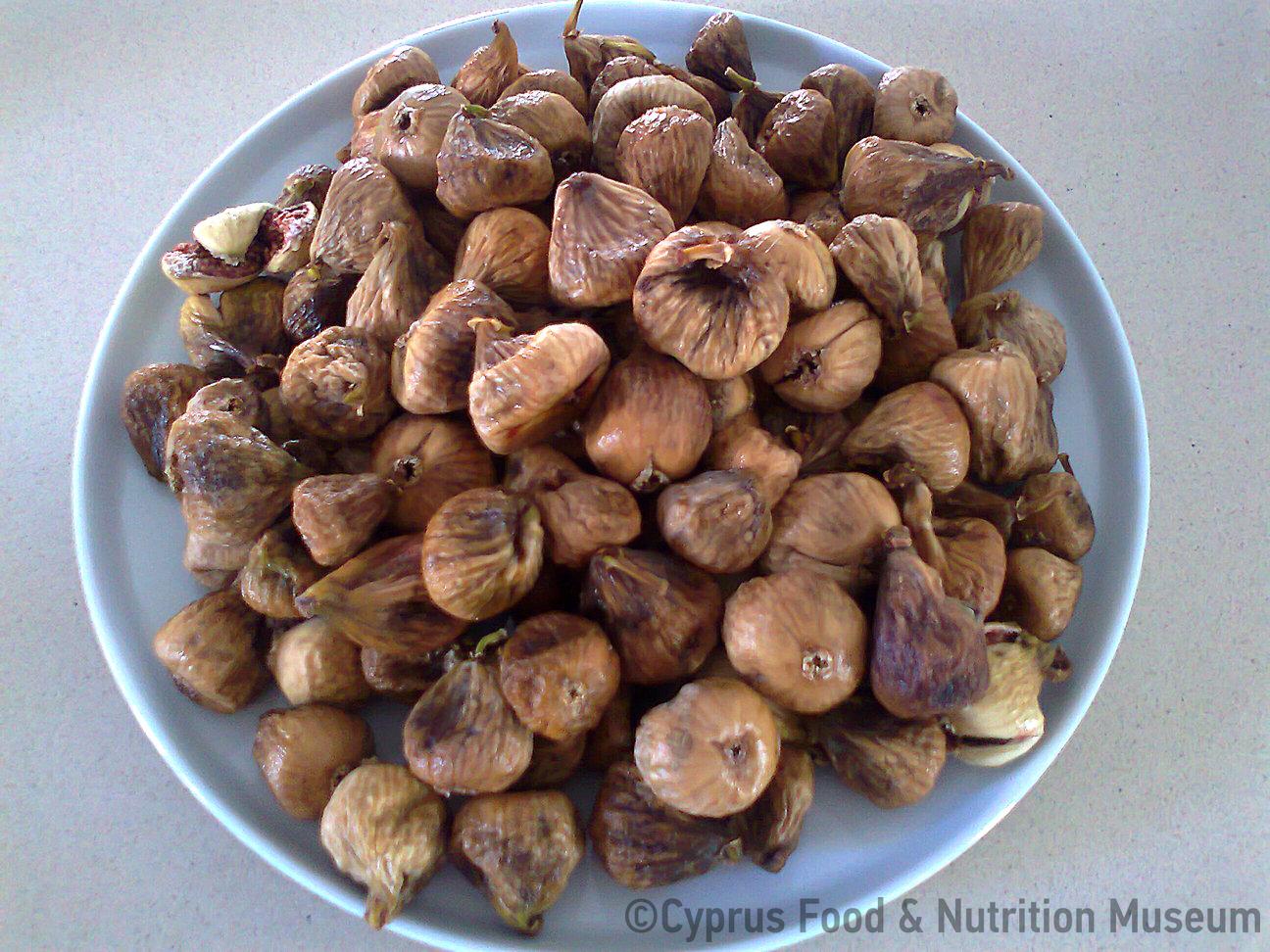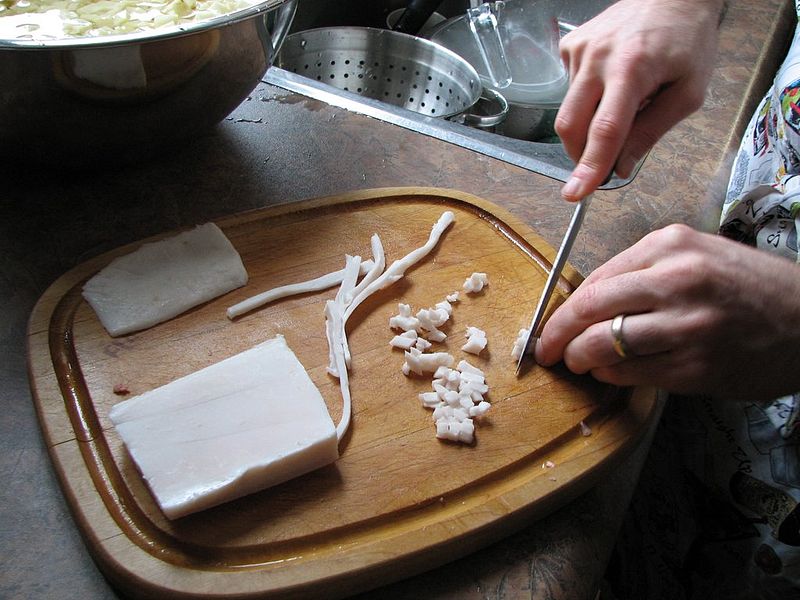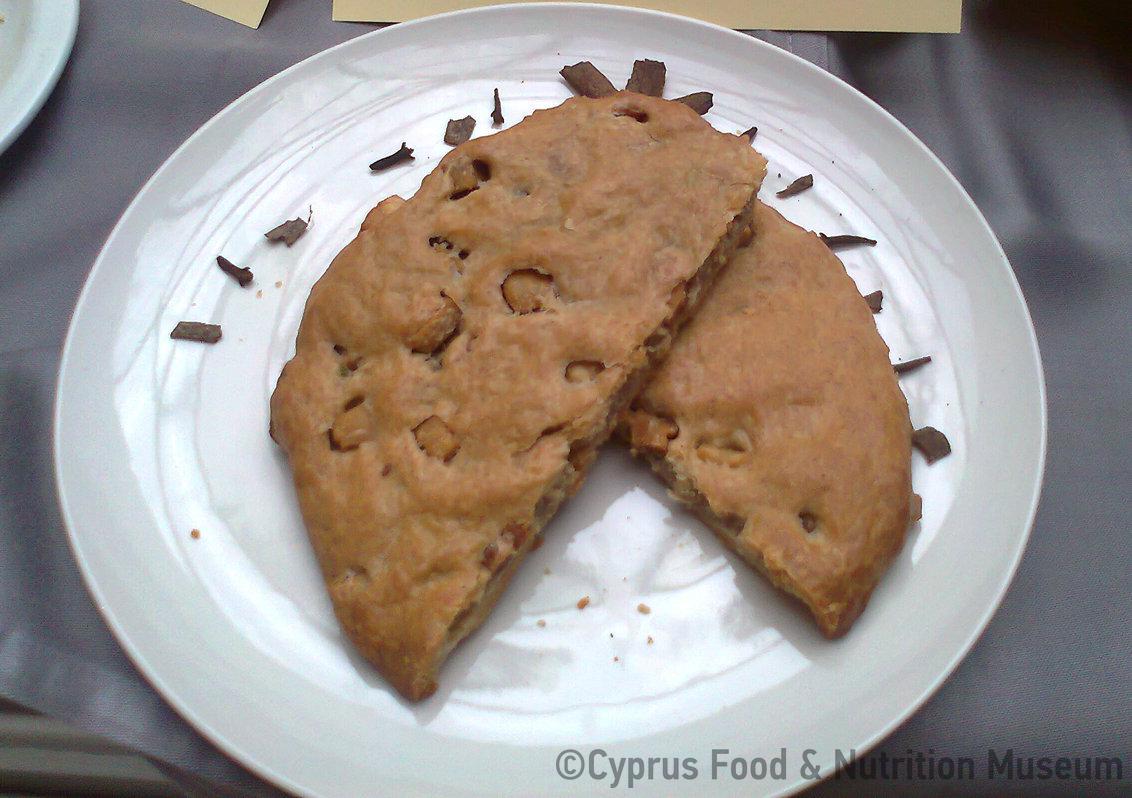Name - Origin
Lard, i.e. pork fat (Yangoullis 2009, entry λαρτίν,το - λάρτος,ο, 250). The fat is preserved cured or smoked and used in cooking (Babiniotis 2005, entry λαρδί (το), 991).
The term lartin or lardin refers to the subcutaneous fat of the pig, which also bears part of the animal's skin.
ETYM. < lardion < later lardos < latin lar(i)dum (Yangoullis 2009, entry lartin,to - lartos,o, 250; Babiniotis 2005, entry λαρδί (το), 991) [cured meat] < ancient larinon [greasy, thick] (Babiniotis 2005, entry λαρδί (το), 991; Petrou-Poeitou 2013, entry Lardi, 75).
French lardon, Italian lardo [pork meat, thick and salted] (Kypri 1979 [2002²], entry λαρδίν,το, 273)
In the villages of Cyprus, lartin was prepared by salting and drying small pieces of the pig's subcutaneous fat in the sun for about ten days. “Pork fat was obtained from the pig's back. Salt and oregano were added and it was hung on the wall to dry out. It was also placed near the fireplace to dry out, as it was winter time and there wasn't enough sun. In order to eat it, they would slice it, fry it or roast it on the charcoal. Note that the fat barely melted during roasting. They would eat it with bread. Also, when they would go out to work, they would take some of this salted fat and roast it after lighting some wood". (Oral testimonies: Eleni Georgiou, 85 years old, Kampos tis Tsakkistras - Nicosia and Anthoulla Aristodimou, 72 years old, Kampos tis Tsakkistras - Nicosia).
Functional and symbolic role
Lartin was not used as " additional fat " in cooking, instead, it was a fatty mezé. Lartin used to be eaten as a snack during the winter months, especially in the Paphos district, a region that lacked in agricultural production and resources. In contrast, in the rich plain of Mesaoria, the preparation of lartin was not widespread (Xioutas 1978, 150).
Children always had lartin for lunch at school or for dinner, which they would eat with bread, after removing the skin. So did the farmers when they had to work far from home, in order to fill up until dinner. Lartin with bread was the typical shepherds' dinner while they were out in the fields. The shepherds would remove the skin of the animal from the lartin and roast it over fire so as to eat it too (Xioutas 1978, 150).
It was prepared after slaughtering a pig together with shiromyllan and other pork products during the Christmas period.
Additional information and bibliography
Chrysanthos St. Kyprianou (1970) mentions that in the village of Tsakkistra they used to make lartin in a special way: after salting it, they would dip it in a bassin filled with dry wine for five or six days. Then they would add herbs, like coriander and oregano, and leave it in the sun to dry. The same was done in the villages of Tillyria where this variant was called lardin to patsalin i.e. (Xioutas 1978, 150).
Yangoullis K. G. (2009), Θησαυρός Κυπριακής Διαλέκτου. Ερμηνευτικό, Ετυμολογικό, Φρασεολογικό και Ονοματολογικό Λεξικό της Μεσαιωνικής και Νεότερης Κυπριακής Διαλέκτου, Βιβλιοθήκη Κυπρίων Λαϊκών Ποιητών, Theopress Publications, Nicosia.
Kypri Th. D. (ed.) (1979 [2002²]), Υλικά διά την σύνταξιν ιστορικού λεξικού της κυπριακής διαλέκτου, Μέρος Α΄, Γλωσσάριον Γεωργίου Λουκά, Publications of the Centre for Scientific Research, XLI, Nicosia.
Kyprianou Ch. St. (1970), Μερικές κυπριακές τροφές του χωριού Τσακκίστρα, Εκδόσεις Γυμνασίου Λαπήθου, Lapithos.
Xioutas P. (1978), Κυπριακή λαογραφία των ζώων. Publications of the Centre for Scientific Research, XXXVIII, Nicosia
Petrou-Poeitou E. (2013), Από πού κρατάει η σκούφια τους. Λέξεις και ιστορίες από τον κόσμο της γεύσης, Epiphaniou Publications, Nicosia.
Oral testimonies: Eleni Georgiou, 85 years old, Kampos tis Tsakkistras - Nicosia. Recording: Stalo Lazarou, October 2010. Anthoulla Aristodimou, 72 years old, Kampos tis Tsakkistras - Nicosia. Recording: Stalo Lazarou, October 2010.
Stalo Lazarou, Demetra, Demetriou, Antonia Matala, Argyro Xenophontos, Tonia Ioakim




